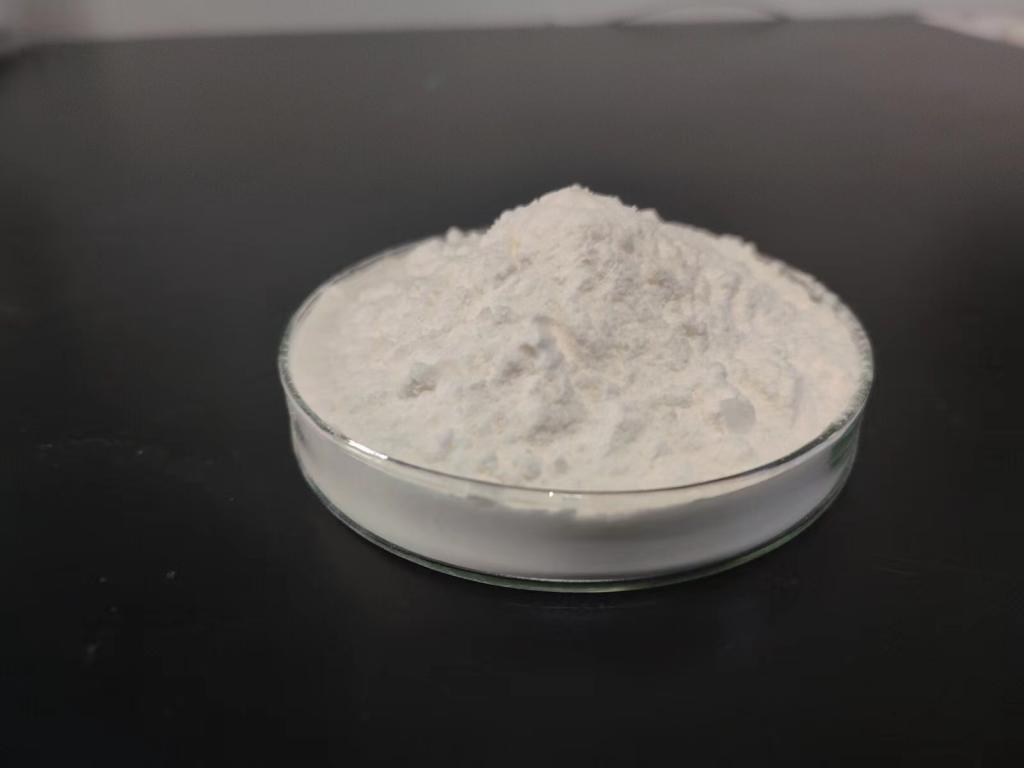Tel:+8618231198596

News
 CONTACT
CONTACT
 CONTACT
CONTACT
- Linkman:Linda Yao
- Tel: +8618231198596
- Email:linda.yao@dcpharma.cn
- Linkman:CHARLES.WANG
- Department:Overseas
- Tel: 0086 0311-85537378 0086 0311-85539701
News
Current Position:
Home >
News
>ε-Polylysine Hydrochloride and Aquaculture: A Sustainable Solution for Fisheries
ε-Polylysine Hydrochloride and Aquaculture: A Sustainable Solution for Fisheries
TIME:2023-12-28
I. The Growing Importance of Aquaculture:
A. Rising Seafood Demand:
As the global population continues to grow, so does the demand for seafood. Aquaculture has emerged as a key player in meeting this demand, providing a controlled environment for the cultivation of fish, shellfish, and other aquatic organisms. However, the intensification of aquaculture has brought about new challenges, particularly in terms of disease management and environmental impact.
B. Disease Challenges in Aquaculture:
Disease outbreaks pose a significant threat to the sustainability and profitability of aquaculture operations. Pathogens such as bacteria, viruses, and parasites can spread rapidly in crowded aquaculture settings, leading to devastating losses if not effectively controlled. Traditional disease management strategies often involve the use of antibiotics and other chemical treatments, raising concerns about antibiotic resistance and environmental pollution.
II. ε-Polylysine Hydrochloride in Aquaculture:
A. Antimicrobial Properties:
ε-Polylysine Hydrochloride, with its potent antimicrobial properties, has garnered attention as a viable alternative for disease prevention in aquaculture. Derived from natural fermentation, this compound has proven effective against a broad spectrum of bacteria and fungi, making it a versatile tool in controlling the spread of pathogens within aquaculture systems.
B. Disease Prevention Mechanism:
The mechanism of action of ε-Polylysine Hydrochloride involves disrupting the cell membranes of bacteria and fungi. This not only inhibits their growth but also minimizes the risk of developing resistance, a growing concern with traditional antibiotics. The compound's ability to selectively target harmful microorganisms without affecting beneficial ones is a key advantage in maintaining a balanced aquatic ecosystem.
III. Applications in Aquaculture:
A. Control of Bacterial Infections:
Bacterial infections, such as those caused by Vibrio species, are common in aquaculture and can lead to significant economic losses. ε-Polylysine Hydrochloride has demonstrated efficacy against various bacterial pathogens, offering a promising solution for controlling infections in fish and shrimp farms. Its application can help reduce the reliance on conventional antibiotics and mitigate the associated risks.
B. Fungal and Parasitic Control:
In addition to bacterial infections, aquaculture systems are susceptible to fungal and parasitic infestations. ε-Polylysine Hydrochloride's broad spectrum of activity extends to fungi and parasites, providing a comprehensive approach to disease prevention. This is particularly important in maintaining the health of valuable species such as salmon, trout, and shrimp.
C. Water Treatment and Biosecurity:
Beyond direct application to aquatic organisms, ε-Polylysine Hydrochloride can be used in water treatment systems to maintain a clean and pathogen-free environment. Its role in biosecurity measures helps prevent the introduction and spread of diseases within aquaculture facilities, contributing to the overall health and productivity of the system.
IV. Environmental Sustainability:
A. Reduced Environmental Impact:
One of the critical challenges in aquaculture is the environmental impact of disease management practices. The use of chemicals and antibiotics can lead to the development of drug-resistant strains and contribute to water pollution. ε-Polylysine Hydrochloride, being a naturally derived compound, offers a more sustainable alternative with minimal environmental impact.
B. Preservation of Beneficial Microorganisms:
Unlike some chemical treatments that indiscriminately target both harmful and beneficial microorganisms, ε-Polylysine Hydrochloride's selective action allows the preservation of essential microbial communities. This is crucial for maintaining the ecological balance within aquaculture systems and preventing unintended consequences associated with the disruption of microbial diversity.
V. Challenges and Considerations:
A. Formulation and Application:
While ε-Polylysine Hydrochloride holds great promise, challenges exist in formulating effective delivery methods for aquaculture applications. Optimizing formulations that ensure the compound's stability, bioavailability, and efficacy in different aquatic environments is an ongoing area of research.
B. Regulatory Approval and Standardization:
The use of ε-Polylysine Hydrochloride in aquaculture may be subject to regulatory approval in various regions. Standardizing its application protocols and establishing regulatory frameworks will be crucial to ensure its safe and responsible use in fisheries.
VI. Future Perspectives:
A. Research and Innovation:
Continued research and innovation in the field of ε-Polylysine Hydrochloride in aquaculture are essential for unlocking its full potential. Researchers are exploring new formulations, application methods, and combinations with other bio-preservatives to enhance its effectiveness and versatility in different aquaculture settings.
B. Industry Adoption and Education:
The successful integration of ε-Polylysine Hydrochloride into aquaculture practices requires industry-wide adoption. Education and awareness programs can play a crucial role in familiarizing aquaculturists with the benefits of this bio-preservative and encouraging its responsible use.
Conclusion:
As the aquaculture industry navigates the challenges of disease management and environmental sustainability, ε-Polylysine Hydrochloride emerges as a promising and sustainable solution. Its natural origin, potent antimicrobial properties, and minimal environmental impact position it as a key player in the quest for healthier and more sustainable fisheries. As research and industry adoption continue, ε-Polylysine Hydrochloride has the potential to revolutionize aquaculture practices, ensuring the long-term viability of this critical sector in global food production.
- Tel:+8618231198596
- Whatsapp:18231198596
- Chat With Skype







